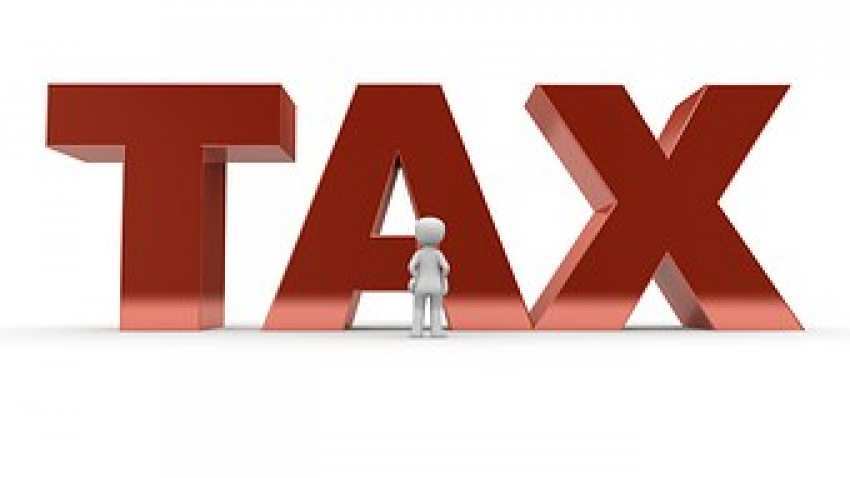Best tax saving options for salaried - From ELSS, PPF to NPS explained
Tax Saving Options for Salaried: You can save some tax on investments that enjoy the safety net of Section 80 C, and some other sections, of the Income Tax Act.

Tax Saving Options for Salaried: You can save some tax on investments that enjoy the safety net of Section 80 C, and some other sections, of the Income Tax Act. But then, you may be wondering what are the best options. Two experts sort this out for you here. Hemant Rustagi CEO, Wiseinvest Advisors, says that tax saving investments should be a part of one’s overall investment plan. "This makes it possible for taxpayers to choose the right asset class and follow a disciplined investment process instead of investing in a haphazard manner at the fag-end of the year, as is usually the case."
Hemant says the best option is to invest in ELSS through SIP and aligning it to long-term goals like children’s education and retirement planning. "Being an equity-linked product, it has the potential to provide higher returns as compared to other options eligible for investment under Section 80 C, albeit with volatility from time to time," says Hemant.
"Besides, it scores over other avenues in terms of lower lock-in period of three years. Regular investments allow taxpayers to tackle volatility in the market and benefit from averaging," he adds.
According to Hemant, ELSS can also be a great option for someone who wants to include an equity fund in his portfolio for the first time. "A mandatory lock-in period of 3 years helps in understanding the nuances of equity investing and that goes a long way in increased exposure to equities over time for long-term goals," he says.
Another expert, Sunil Garg, CA, says deduction under Section 80 C is based on both investment and expenditure basis. The expenditure-based deduction could be for payment to LIC, payment of tuition fee, repayment of housing loan. The investment-based deduction could be for - contribution towards PF, PPF; deposit in Sukanya Samiridhi Yojana in the name of the girl child; National Saving Certificates (NSCs) from Post Office; investment in ELSS (Equity-linked Mutual funds with a lock-in period of three years); Deposits with Post Office or bank; Senior citizen savings scheme.
ALSO READ | Get the best of investment schemes: National Pension System (NPS), PPF, Sukanya Samriddhi Yojana, APY
Garg says that all the plans safe. However, according to him, the best is the investment in PPF/PF. He says, "PPF/PF is most attractive because it has an interest of 8.2 % per annum and interest income is exempt from tax, but withdrawal is very limited." For those who want liquidity, Garg suggests, he may opt for ELSS with a three year lock-in period.
Interest on PF account is 8.55% for the current year, while the interest rate on PPF is 7.6%. EPF is for employees, while PPF can be opened by any person.
Options besides 80C
Under 80 C, one can have maximum deduction up to 1.5 lakhs only. For additional deduction, a person can invest in NPS (National Pension System) and get an additional deduction of Rs 50,000, says Garg.
Hemant says, "Yes, there are options other than those eligible under section 80 C." He lists out four options:
- NPS offers an additional tax deduction for investment up to Rs.50,000 under section 80 CCD (1b). This is over and above the deduction of Rs.1.50 lakhs allowed under Section 80 C.
- The entire amount of interest paid on the education loan can be claimed as the deduction under Section 80E of the Income Tax Act, 1961.
Watch this Zee Business video
- A first-time home buyer can claim income tax benefit under Section 80 EE on interest paid on home loan up to a maximum of Rs.50,000 per financial year. This deduction is over and above Rs 2 lakhs limit under Section 24 of Income Tax Act.
- Up to Rs 50,000 can be deducted towards the medical insurance premium for senior citizens (above 60 years) and up to Rs 25,000 can be deducted towards medical insurance of self and dependents (spouse & children).
02:45 PM IST






 Income Tax Alert! Filing ITR online? Ensure e-verification before logging out; step by step guide
Income Tax Alert! Filing ITR online? Ensure e-verification before logging out; step by step guide Alert! Three Month Tax Saving Exercise: PPF, loans, insurance to education, top investment options for taxpayers
Alert! Three Month Tax Saving Exercise: PPF, loans, insurance to education, top investment options for taxpayers  Planning to opt for new income tax slabs 2020? You can still claim this NPS account benefit
Planning to opt for new income tax slabs 2020? You can still claim this NPS account benefit Living in a rented house? New income tax slabs can help you save money
Living in a rented house? New income tax slabs can help you save money Income Tax: Four benefits you must know while repaying a home loan
Income Tax: Four benefits you must know while repaying a home loan